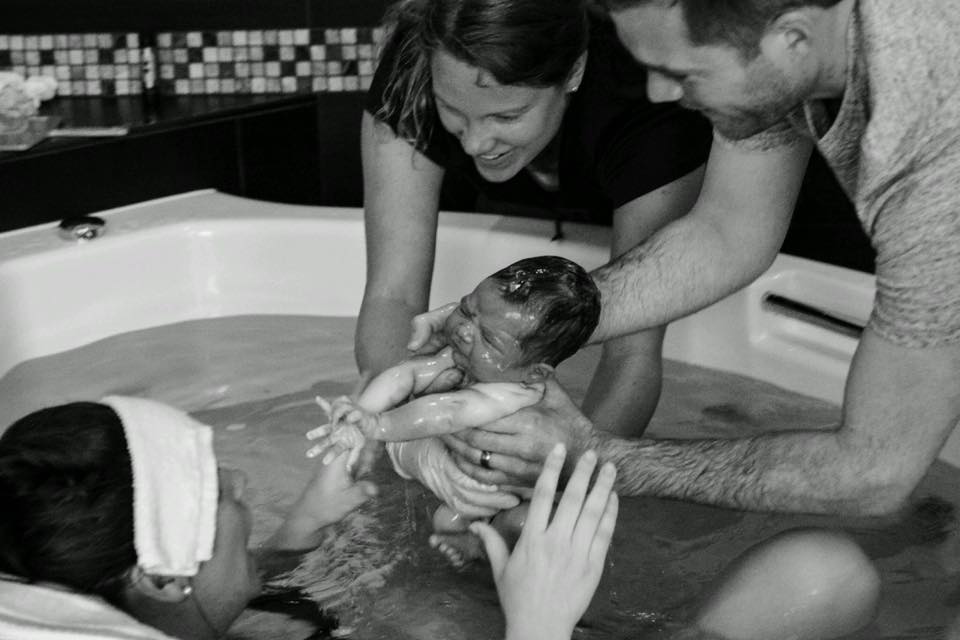Waterbirth: a national retrospective cohort study of factors associated with its use among women in England
H. Aughey,J. Jardine,N. Moitt,K. Fearon,J. Hawdon,D. Pasupathy,I. Urganci,NMPA Project Team &T. Harris
BMC Pregnancy and Childbirth volume 21, Article number: 256 (2021)
Abstract
Background
Waterbirth is widely available in English maternity settings for women who are not at increased risk of complications during labour. Immersion in water during labour is associated with a number of maternal benefits. However for birth in water the situation is less clear, with conclusive evidence on safety lacking and little known about the characteristics of women who give birth in water.
This retrospective cohort study uses electronic data routinely collected in the course of maternity care in England in 2015–16 to describe the proportion of births recorded as having occurred in water, the characteristics of women who experienced waterbirth and the odds of key maternal and neonatal complications associated with giving birth in water.
Methods
Data were obtained from three population level electronic datasets linked together for the purposes of a national audit of maternity care. The study cohort included women who had no risk factors requiring them to give birth in an obstetric unit according to national guidelines. Multivariate logistic regression models were used to examine maternal (postpartum haemorrhage of 1500mls or more, obstetric anal sphincter injury (OASI)) and neonatal (Apgar score less than 7, neonatal unit admission) outcomes associated with waterbirth.
Results
46,088 low and intermediate risk singleton term spontaneous vaginal births in 35 NHS Trusts in England were included in the analysis cohort. Of these 6264 (13.6%) were recorded as having occurred in water. Waterbirth was more likely in older women up to the age of 40 (adjusted odds ratio (adjOR) for age group 35–39 1.27, 95% confidence interval (1.15,1.41)) and less common in women under 25 (adjOR 18–24 0.76 (0.70, 0.82)), those of higher parity (parity ≥3 adjOR 0.56 (0.47,0.66)) or who were obese (BMI 30–34.9 adjOR 0.77 (0.70,0.85)). Waterbirth was also less likely in black (adjOR 0.42 (0.36, 0.51)) and Asian (adjOR 0.26 (0.23,0.30)) women and in those from areas of increased socioeconomic deprivation (most affluent versus least affluent areas adjOR 0.47 (0.43, 0.52)).
There was no association between delivery in water and low Apgar score (adjOR 0.95 (0.66,1.36)) or incidence of OASI (adjOR 1.00 (0.86,1.16)). There was an association between waterbirth and reduced incidence of postpartum haemorrhage (adjOR 0.68 (0.51,0.90)) and neonatal unit admission (adjOR 0.65 (0.53,0.78)).
Conclusions
In this large observational cohort study, there was no association between waterbirth and specific adverse outcomes for either the mother or the baby. There was evidence that white women from higher socioeconomic backgrounds were more likely to be recorded as giving birth in water. Maternity services should focus on ensuring equitable access to waterbirth.










